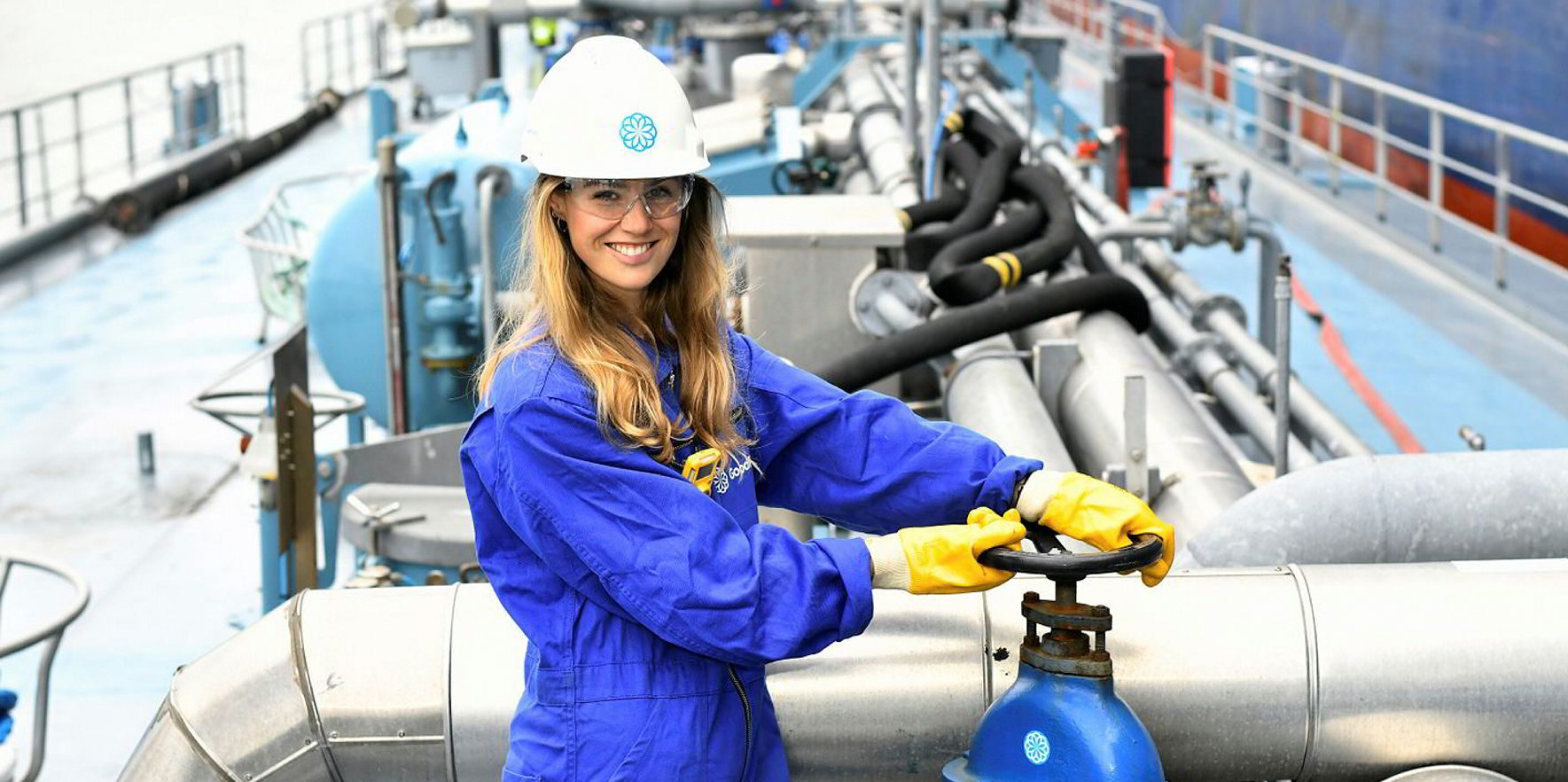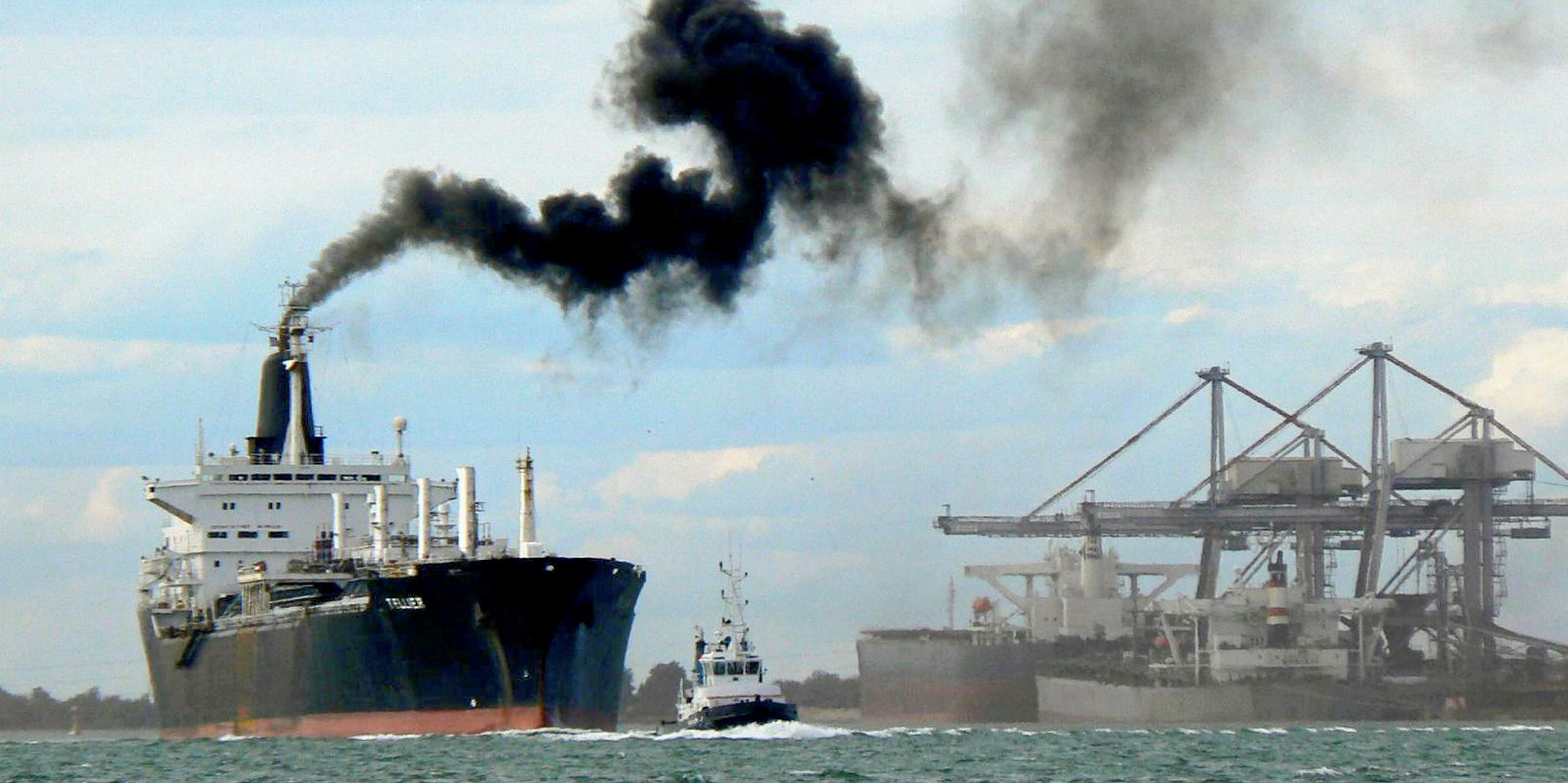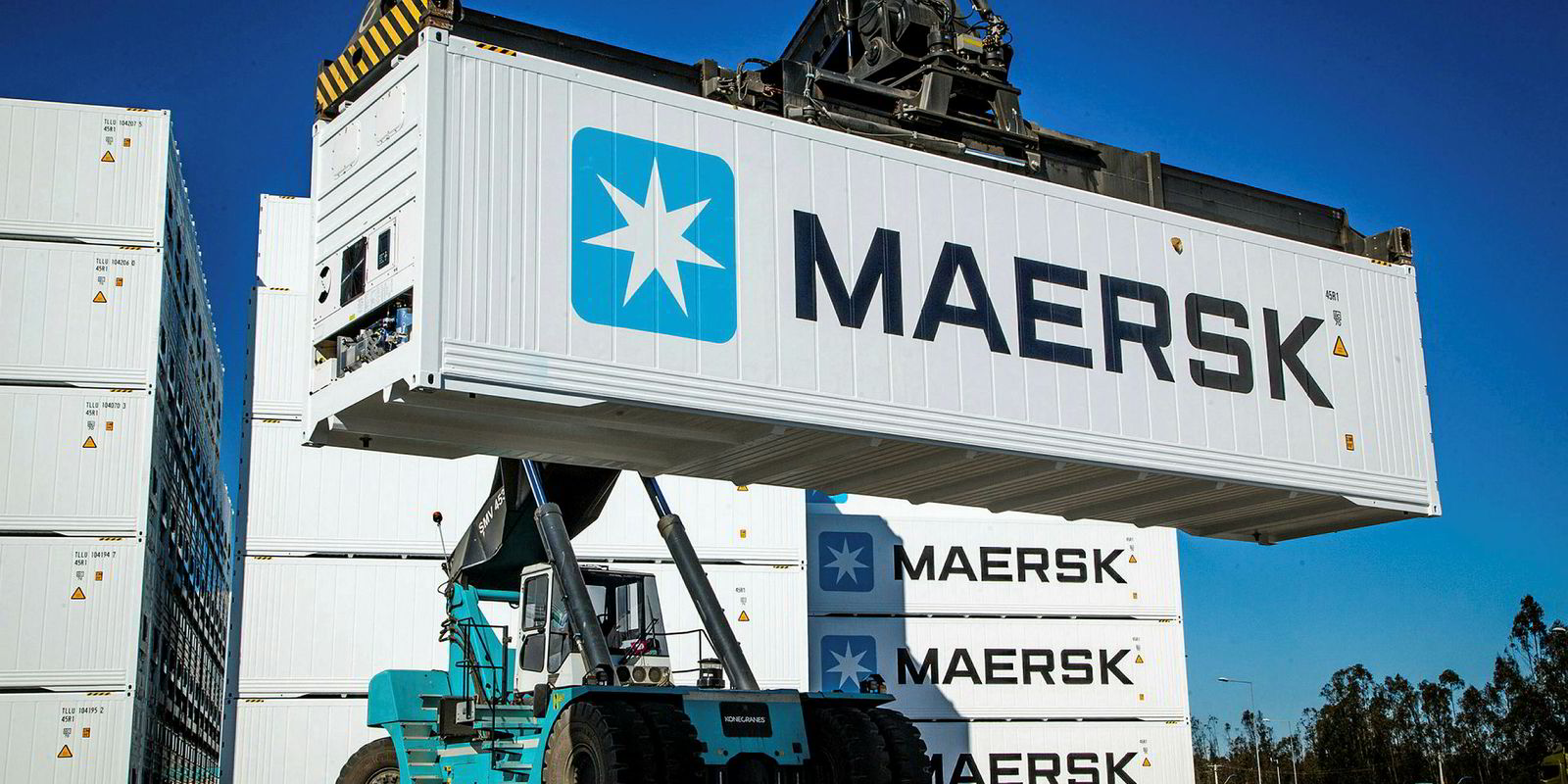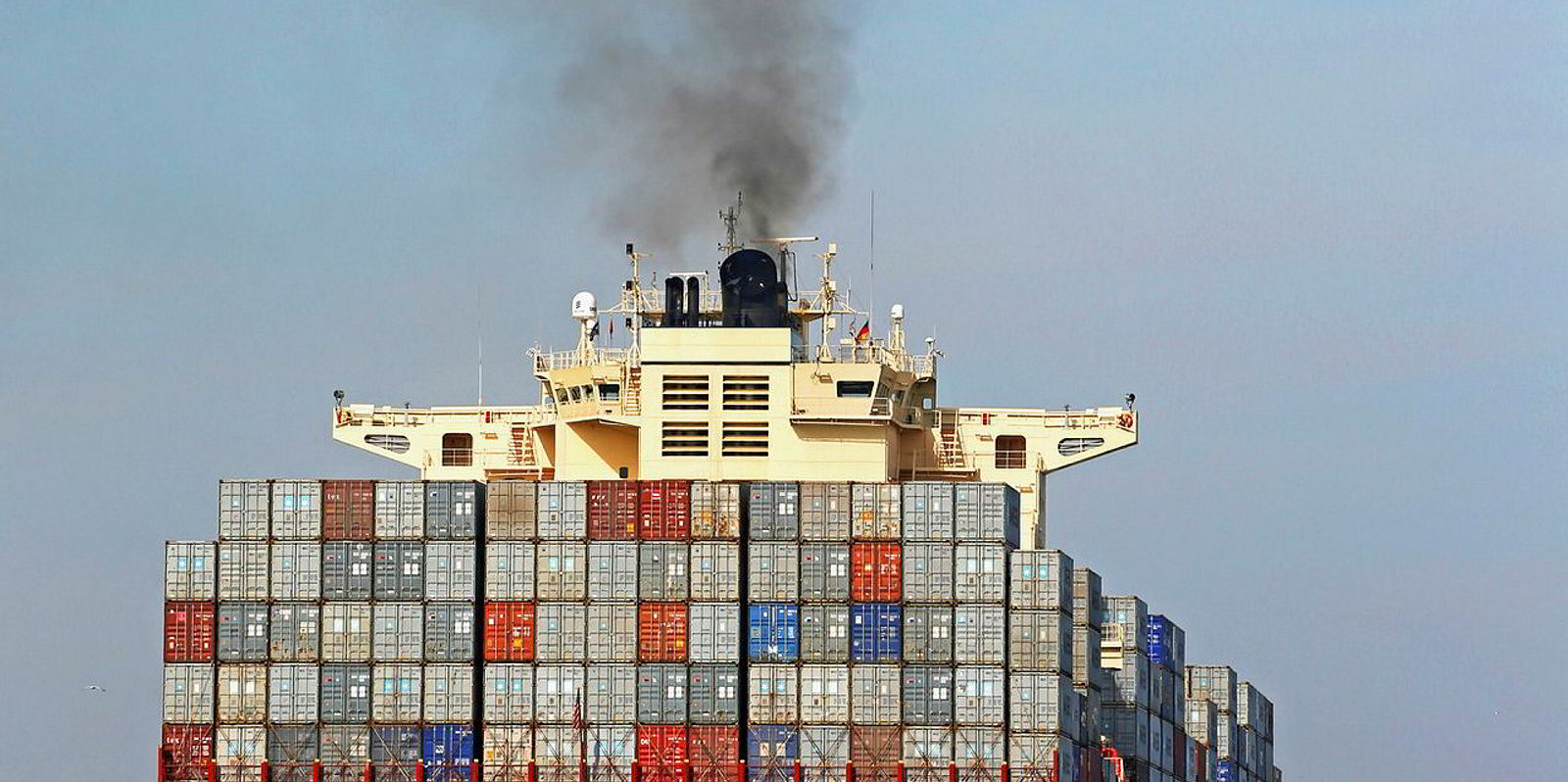Big box carriers are grasping at green initiatives as they ramp up the battle to win business from shippers and forwarders with an environmental conscience. But how much real interest is there, and who is prepared to pay the costs?
Two stories in the first week of December illustrated the challenges and contradictions as shippers and container lines respond to a growing need to prove their decarbonisation credentials.
In the first story, Mediterranean Shipping Co (MSC) was branded one of the top 10 polluters in Europe; in the second, the same Geneva-based line trumpeted its intention to burn a biofuel blend it believes can cut CO2 emissions from its ships by up to 20%.
Green lobby group Transport & Environment accused MSC of emitting 11m tonnes of CO2 in 2018 from 362 ships operating on journeys to and from, or within, the European Union.
If correct (and MSC disputed the figures), the claim means the line was responsible for one-quarter of the EU’s container-related CO2 emissions. Maersk had an output of 8.2m tonnes as the European shipping industry in general emitted more than 139m tonnes; if shipping were a country, it would be the EU’s eighth-biggest carbon emitter, Transport & Environment alleged.
Within days, MSC had announced it aims to start burning a 30% biofuel blend on ships calling at Rotterdam, after conducting trials on a 10% mixture.
“The potential CO2 reduction in the bio component of these fuels could reach 80%-90%,” says Bud Darr, MSC vice president of maritime policy and government affairs. That would help it towards the 2030 IMO target to cut greenhouse gas (GHG) emissions by 40% from 2008 levels.

It is clear container shipping has major green issues to address — and, like the rest of the industry, limited ways of tackling the problems, as well as limited ways of paying for the higher cost of environmental efforts when the business traditionally suffers from low returns on investment.
Nevertheless, a few weeks earlier, a major shipper, Swedish flat-pack furniture group IKEA, revealed it had successfully completed a biofuels test with French container line CMA CGM as part of the GoodShipping Program — the world’s first decarbonisation initiative for cargo owners.
A heavy fuel oil equivalent biofuel supplied by GoodFuels was used in a blend with conventional bunkers on a North Europe to Asia sailing by CMA CGM’s six-year-old, 16,020-teu Alexander von Humboldt. The liner group followed up by selecting Shell as supplier of biofuels sufficient for its ships to travel nearly 1bn km over an unspecified period.
GoodFuels says its SOx-free marine fuels are based entirely on cooking oil wastes and wood residues from sustainable forests in Europe. It claims an 80%-90% well-to-propeller CO2 reduction versus fossil equivalents.
So, just how much is the drive to go green being pushed by the carriers’ customers?
Last October, a senior executive of Swiss freight forwarding and logistics group Kuehne + Nagel (K+N), one of the liner industry’s biggest customers, revealed that its customers were beginning to stop using services that it ranked as high carbon-emitters.
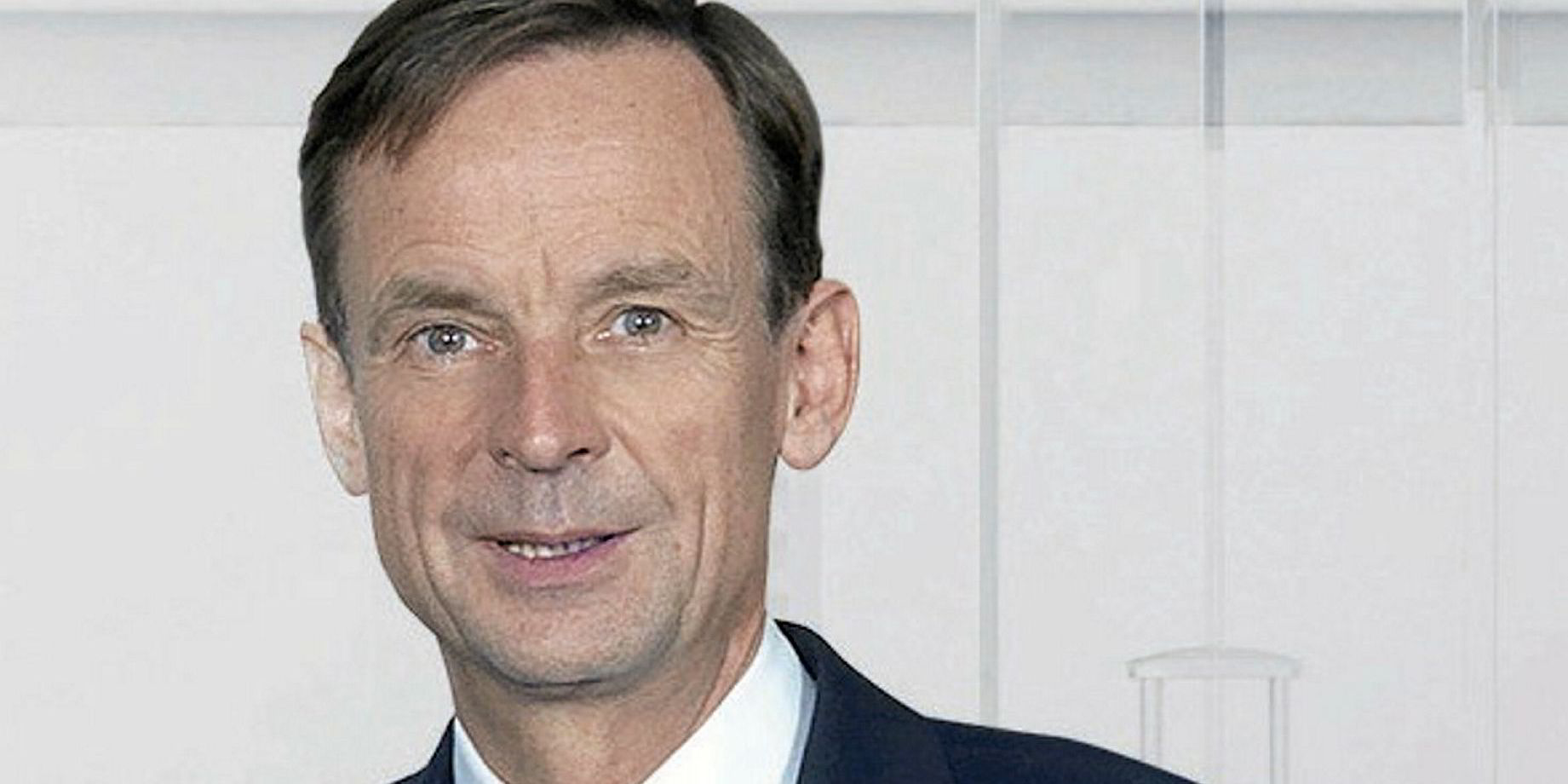
Some shippers, thought to include big automotive companies as well as IKEA, were refusing to use heavy emitters on K+N’s ranking of main east-west liner services, said Otto Schacht, executive vice president of sea logistics.
Schacht argued that CO2 reductions of 50% can be achieved by switching to greener services, particularly when new 20,000-teu ships compete on a trade with 10-year-old, 5,000-teu vessels.
In 2018 the logistics giant began piloting a scheme to rank CO2 emissions per container transported each kilometre. It gave transpacific services run by Maersk or the Ocean Alliance using 14,000-teu vessels an emissions rating of less than 50 grams per box/km, while smaller sub-panamax ships then operated on Matson’s China to Long Beach Express service were rated at nearly 90 grams.
MSC claims its fleet improvement programme resulted in a 13% reduction in CO2 emissions between 2015 and 2018. Its newest vessel at the time, one of the largest containerships in the world, the 23,756-teu MSC Gulsun, had the lowest carbon footprint by design, at 7.49 grams of CO2 emissions to move a ton of cargo one nautical mile.
But even as all the European lines in the global top five pushed their green credentials, the biggest carrier, Maersk, ditched its sustainability team, including the department director, as part of job cuts across the group.
If the move appeared to be counter-intuitive, Maersk said it aims to merge environmental considerations into its operating divisions and would continue its sustainability drive, which includes a goal of carbon neutrality by 2050.
CMA CGM responded almost immediately by doing the opposite, appointing Guilhem Isaac Georges as sustainability director. It said the conservation specialist would head a new sustainable development & environment department reporting to the group’s executive office.
CMA CGM is joining forces with a “floating lab” to move towards large-scale use of hydrogen as a limitless zero-emission ship’s fuel. It will work with Energy Observer, a 1983-built former racing boat that is touring the world, powered by hydrogen made from seawater and renewables onboard. The 30.5-metre boat has 130 square metres of solar panels and a pair of OceanWings wingsails. CMA CGM will contribute industrial expertise to help the Energy Observer test and develop energy solutions based on hydrogen generated by solar, tidal and wind power. It says hydrogen generates up to four times more energy than coal and three times more than diesel.
However, Maersk says it has “managed to decouple emissions from trade growth” by focusing on efficiency improvements that have so far achieved a 41% reduction in CO2 emissions from 2008 levels. It now targets a 60% reduction relative to cargo moved by 2030, with former chief operating officer Soren Toft saying global innovation in vessel technologies is essential.
“The only possible way to achieve the so much-needed decarbonisation in our industry is by fully transforming to new carbon-neutral fuels and supply chains,” said Toft, who has since switched to become chief executive at MSC.
Maersk global head of sales Shereen Zarkani told TradeWinds that many clients expect it to lead the way on green issues: “A range of our key customers are walking the talk, paying a premium for recently introduced carbon-neutral products.”
But is it really true that the lines’ green push results from committed pressure by shippers and forwarders that are prepared to pay the cost of more expensive new fuels and technologies?
Global Shippers Forum (GSF) secretary general James Hookham says the environmental awareness and pressures on manufacturers will vary, as will views about the responsibility for man-made impacts on climate change.
However, he adds: “There is huge corporate responsibility and regulatory agency pressure to cut down on carbon emitting across the whole supply chain for manufacturing businesses — and we have seen responsible exporters having to account to their boards, looking for ways their carriers and forwarders can help them cut down on their overall carbon footprint.”
That has led mainly large European movers of goods to pressure lines to put a number on their carbon emissions.
Modelling tools for this purpose have been developed by the Clean Carbon Working Group (CCWG), which includes all the biggest carriers, plus major shippers such as Electrolux, BMW, Heineken, M&M, HP, IKEA, Nike and Marks & Spencer, and forwarders including K+N, DB Schenker, Hermes and DHL.
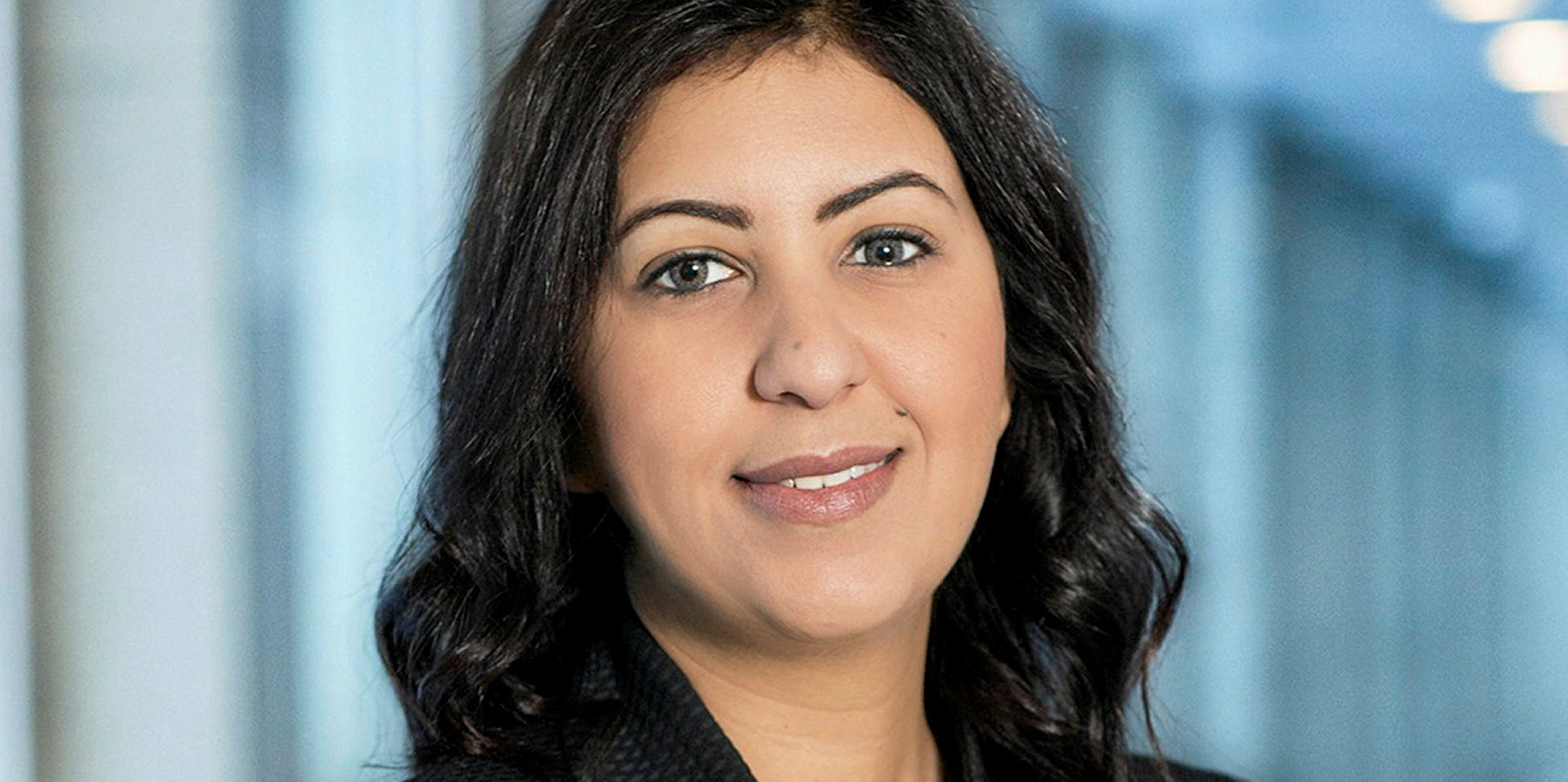
The CCWG set out to create a common, credible and easy-to-use standard for calculating and comparing CO2 emissions between carriers using lines’ data on fuel consumption and distance travelled for a standard 20-teu container on ships filled to 70% of capacity. Its work resulted in vessel-specific emission factors that could be applied across 25 main trade lanes.
Hookham says major shippers and forwarders buy into this system but it is disappointing that the preferred course of the shipping industry to cut emissions has been slow steaming.
“Slow steaming is no use to shippers, as slowing ships down just means more inventory and more vessels emitting carbon on the water, so they will have to come up with something better. If you assume world trade will continue to grow, it will be like pushing water uphill if you just limit the amount of carbon that can be emitted,” he says.
Other easily reachable methods to cut emissions include carrying more full loads and rationalising container handling, but Hookham says the debate has been overshadowed by the IMO 2020 regulations to cut sulphur in marine fuels.
“And that debate has been overwhelmed by the whole cost being passed on to shippers, and has got the two sides embroiled in a heated debate.
“The costs have got to be met, but we object to the lines taking liberties by simply passing on the whole cost through surcharges which are just imposed. Shippers are just suddenly told there is a new price by reading it on a website.”
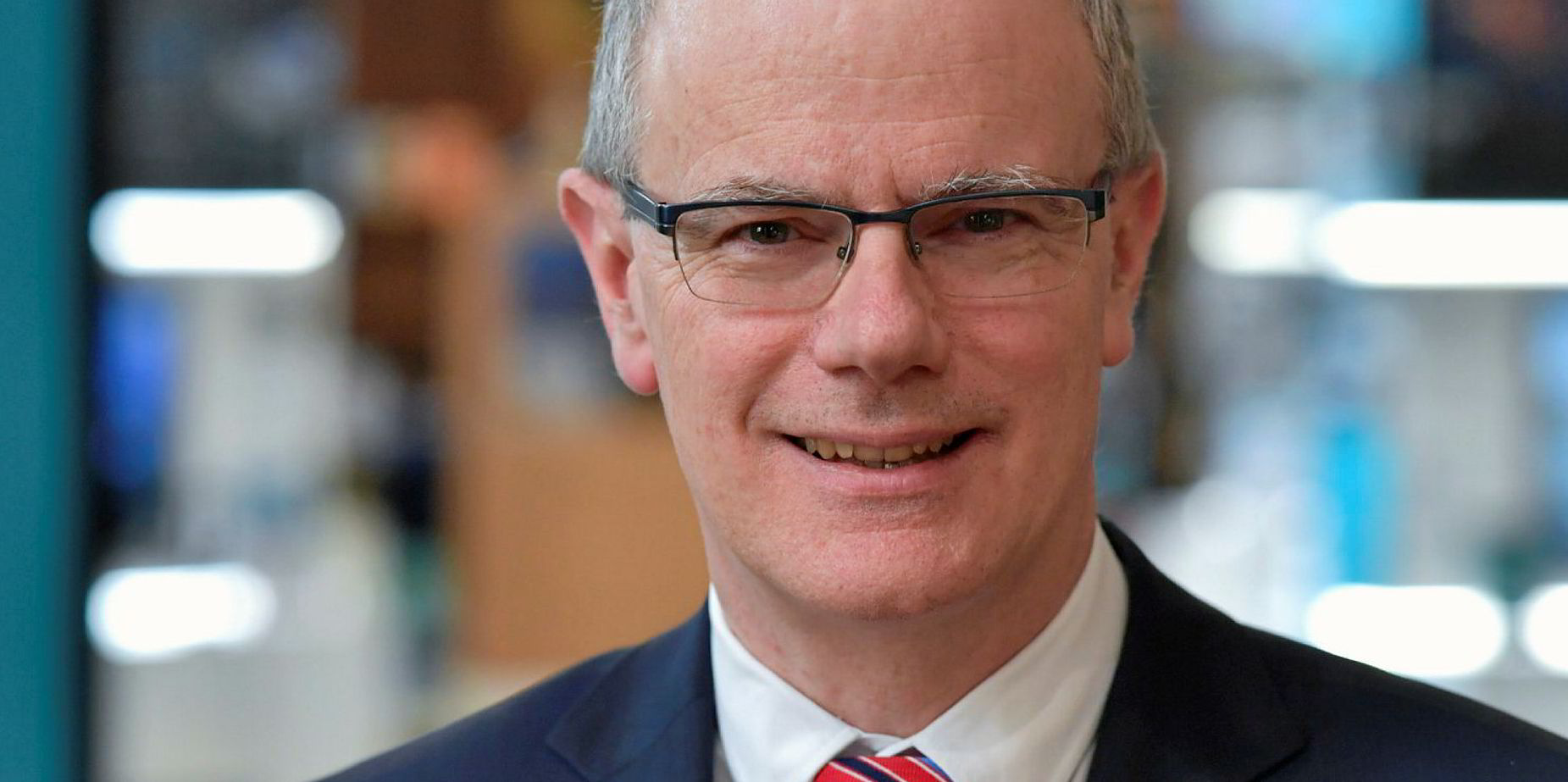
As an example, Maersk, which has previously said its bunker costs will rise by $2bn per year due to IMO 2020, announced last month that its Environmental Fuel Fee and quarterly Bunker Adjustment Factor levies would increase by between $50 and $200 per 40-foot equivalent unit from 1 March after very low-sulphur fuel oil prices spiked by more than $50 per tonne in January.
The GSF recently issued 10 top tips for sulphur, which declared that price rises are not mandatory, and advised shippers not to get locked into increased surcharge levels. It opposes a bunker levy for the same reason that it sees costs being passed on to its members — and the incentive for carriers to cut emissions being lost.
“Large volume-moving shippers want a more open cost-facing attitude from carriers. We are looking for the same levels of customer-facing found in other businesses,” Hookham argues.
“We are open to ideas about agreeing prices across fuel rate ranges benchmarked within a base freight rate, not just sticking a surcharge on an invoice that shippers have had no chance to understand and negotiate.”
K+N has started its own Net Zero Carbon programme, which includes evaluating alternative fuels, and aims to compensate fully for direct CO2 emissions that cannot be avoided as of 2020.
It says: “The company has decided to proactively address the CO2 footprint of the transportation services performed by its suppliers — airlines, shipping lines and haulage companies — by 2030.” And K+N promises to make its own less than container load services completely carbon-neutral this year by a combination of carbon reductions and compensation for emissions.
But logistics industry analyst Transport Intelligence (Ti) is less sure about progress across the board.
Chief executive Professor John Manners-Bell says larger shippers are more aware of their sustainability responsibilities and see the issue as critical to the long-term health of their companies.
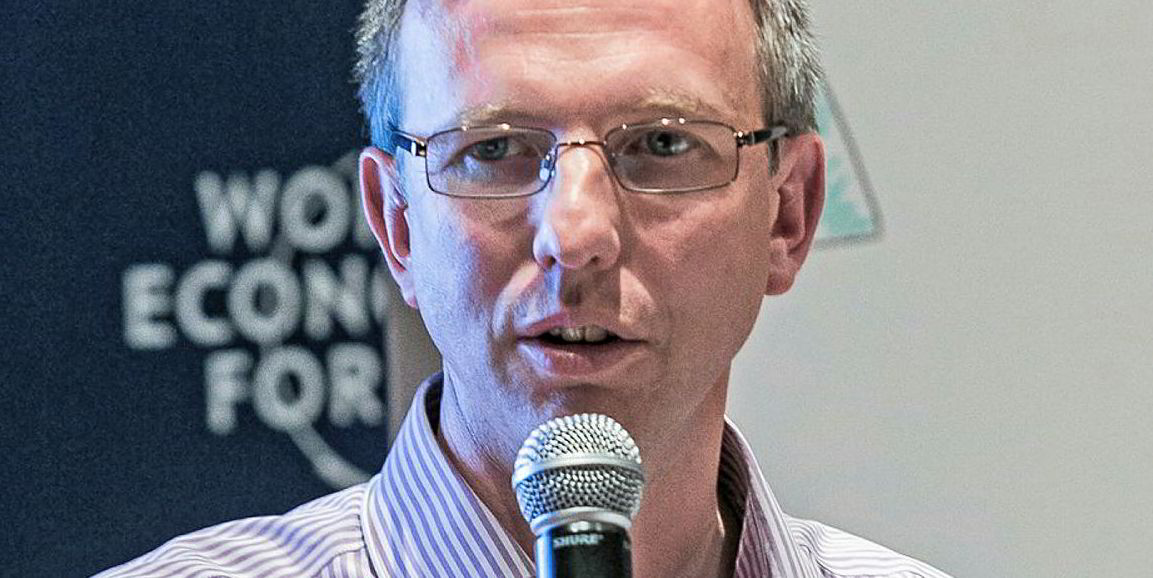
“However, all our experience has shown that shippers have been very resistant to accepting higher costs being passed on to them by their logistics companies,” he adds.
“Whilst environmental factors have become more important in the tendering process, this is rapidly becoming what consultants call a ‘hygiene’ issue, not a point of competitive advantage or something which the shipper will be willing to pay more for.”
Carbon calculators provided on shipping lines’ websites have been shown to lack consistency and their accuracy must be questioned, Manners-Bell adds, and logistics suppliers would seem to be at an undeveloped stage in terms of measuring their environmental impact, as shown by a Ti survey at the end of 2019.
It revealed that less than one-fifth of 38 logistics managers of leading retailers, manufacturers and distribution providers used formal metrics to assess the environmental impact of their warehousing operations. None were able to say how much energy they used per square metre, or how much CO2 they produced.
Manners-Bell sums up the disturbing implications: “All companies these days are quick to talk up their green credentials. However, it is worrying that so few have any systems in place to assess their environmental impact. If you don’t measure your sustainability, how can you improve it?”
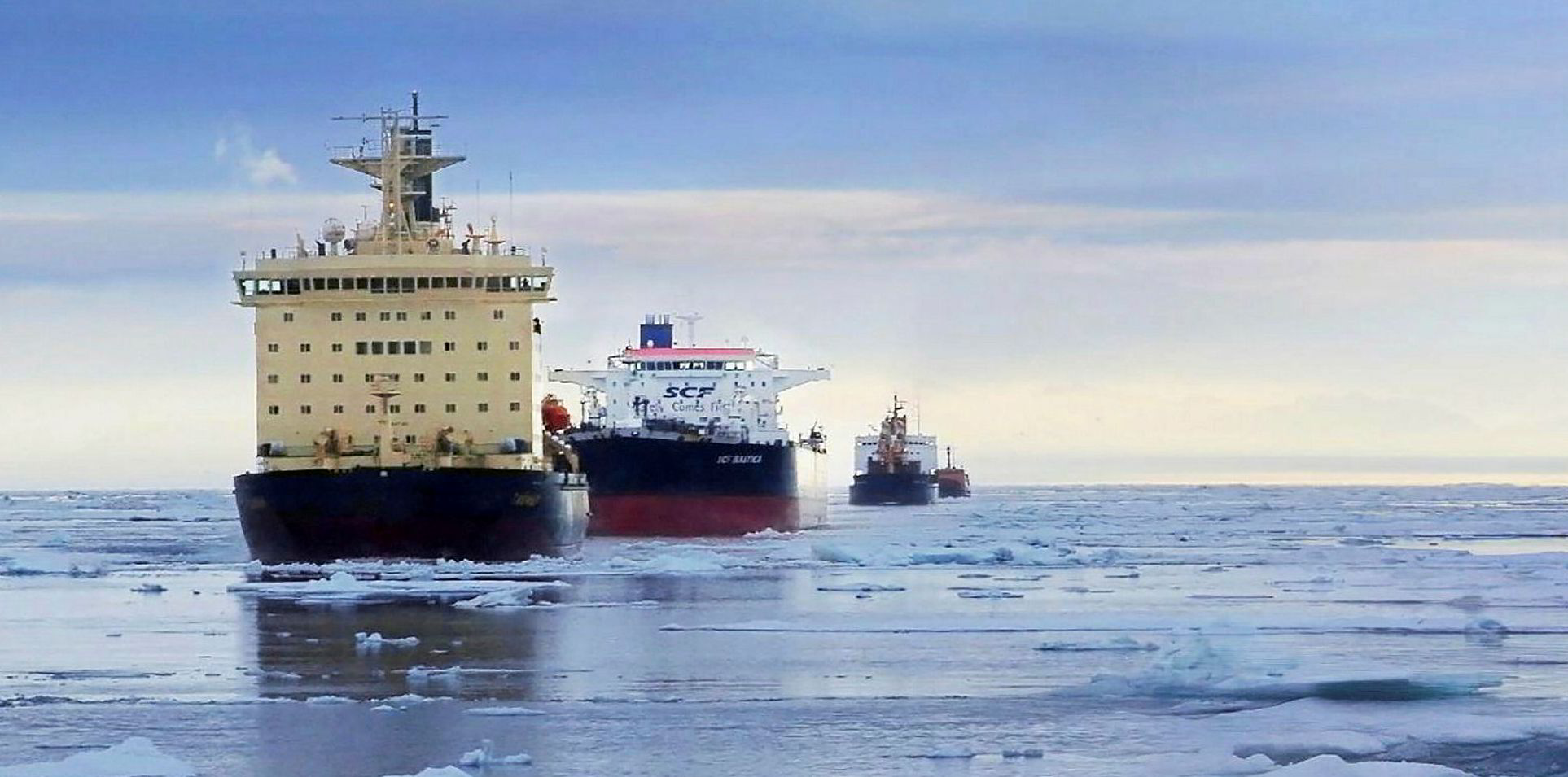
Lines go cold on Arctic route
MSC, CMA CGM and Hapag-Lloyd will boycott the Arctic Northern Sea Route (NSR) between Europe and Asia as it opens up due to global warming.
In September, the Clean Arctic Alliance and the Inuit Circumpolar Council Canada urged the IMO to ban fuel oil use in the Arctic after a report by the Intergovernmental Panel on Climate Change said development of trade in the region would “exacerbate local risks to marine ecosystems and coastal communities”.
CMA CGM chairman and chief executive Rodolphe Saade was the first to announce it would not use the NSR, saying: “We make these decisions for the future, to leave our children a cleaner planet. These are brave, bold choices, which go far beyond purely business decisions. We plan to build fairer, more environmentally friendly trade, and I invite the entire industry — competitors, partners and customers — to join us.”
Following suit, MSC president and chief executive Diego Aponte said his line is convinced it can transport the 21m containers it moves each year around the world without passing through the Arctic corridor.
“As a responsible company with a long-standing nautical heritage and passion for the sea, MSC finds the disappearance of Arctic ice to be profoundly disturbing. Every drop in the oceans is precious and our industry should focus its efforts on limiting environmental emissions and protecting the marine environment across existing trade routes,” Aponte said.
Germany’s Hapag-Lloyd joined the trend, saying it does not use the Northwest Passage or the Northeast Passage and has no plans to do so.
“As long as there are no guarantees that these passages can be navigated without negatively impacting the environment, using them is out of the question for Hapag-Lloyd,” senior sustainability director Jorg Erdmann said.
At around the same time, sportswear giant Nike pledged not to ship goods through the Arctic as part of the Arctic Shipping Corporate Pledge group that includes Bestseller, Columbia Sportswear, Gap, H&M and Taiwanese container line Evergreen.
Global Shippers Forum secretary general James Hookham says all sides have to consider the issues, and it may become preferable to move certain products by Silk Route rail services on which only low volumes are currently being transported.
In the longer term, manufacturers may need to look again at product sourcing if shipping becomes much more expensive or environmental restrictions limit the routes that can be used. If that were to happen, the cost of manufacturing in Europe or the US might start to balance out with Asia. Paul Berrill
